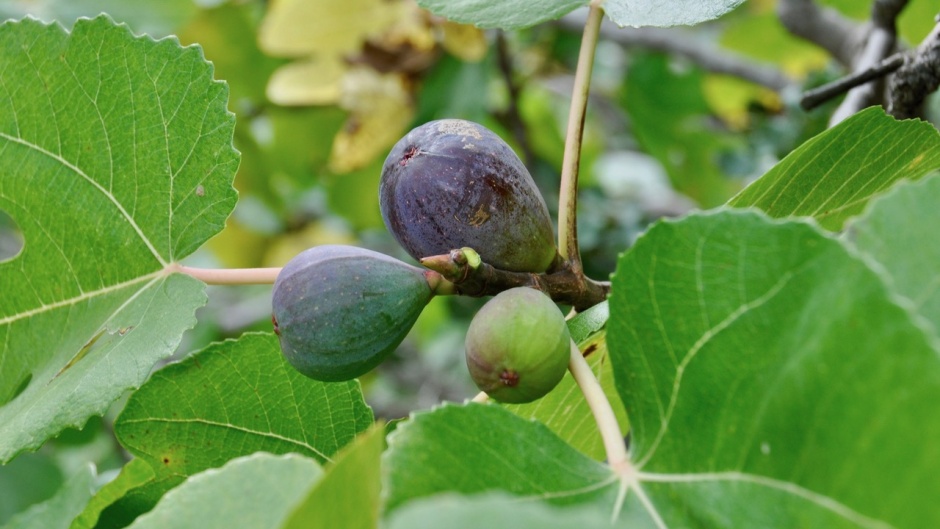It serves as a lesson, delivered through a symbolic sign. This was a common practice on the part of Old Testament prophets.
 A fig tree. / Photo: Antonio Cruz.
A fig tree. / Photo: Antonio Cruz.
Jesus cursing the fig tree that bore no fruit is one of the miracles he performed to show his power over creation and, at the same time, as a pedagogical visual aid to open his hearers’ eyes.
The Master can walk on water, feed five thousand people, curse a fig tree without figs which, the next day, had dried up from the roots, or skip over any natural law –contradictory though this might seem to us – because “everything was created by him and for him” (Colossians 1:16). Being God, he can do whatever he chooses in as long as it is consistent with his eternal purposes.
Some say that the original context of this story was the feast of the Tabernacles which is celebrated in the Autumn, as in that case Jesus would have expected the fig tree to have fruit. However, Mark clearly states that it was not the season for figs.
Others suggest that on the eastern side of the Mount of Olives vegetation is at least 15 days ahead of that of other parts of the country, as it benefits from the sirocco and is protected from the cold winds. But we are actually in March or April, and figs don’t ripen until the end of the summer.
Others say that there could well have been first fruits, or fig-blossoms by this time. But the truth is that even these don’t appear until June. To put it bluntly, our knowledge of botany does not help much when it comes to trying to justify Jesus’s action.
It seems to me that the Master was perfectly aware that it was not the fig season, and what he did by cursing the fig tree was to symbolically force his hearers to understand that he was comparing this tree with the sterility of the people of Israel who were also going to face God’s punishment. This is nothing less than an enacted parable.
It is surprising that Jesus’s only action in Jerusalem on this occasion was a curse, not directed at people, but at a poor fig tree. It therefore serves as a lesson, delivered through a symbolic sign. This was a common practice on the part of Old Testament prophets. Isaiah walked naked and barefoot through the streets (Is. 20: 2-5); Ahijah of Shiloh tore his new cloak into twelve pieces and offered ten pieces to Jeroboam (1 Kings 11: 29-33); Hosea married a prostitute (Hosea 1-3); Jeremiah walked through the streets of Jerusalem with a yoke attached to his back (Jeremiah 27 -28); etc.
In the same way, by cursing the fig tree, Jesus Christ wanted to teach his disciples, and us today, a vivid lesson, ignoring the logic of the seasons and the fact that figs could not be expected to appear at that time. The Jewish people were not bearing the fruit that God expected of them. The temple in Jerusalem was like a sterile fig tree: a great deal of foliage (ceremonies, sacrifices, songs, prayers and so on). For that reason it was condemned to dry up from the roots, with no stone being left on another (Mark 13:2).
This should make us reflect on the state we are in today. Are we bearing the fruit of love and righteousness, or are we just all show and no substance?
Antonio Cruz, biologist and theologian.

Las opiniones vertidas por nuestros colaboradores se realizan a nivel personal, pudiendo coincidir o no con la postura de la dirección de Protestante Digital.
Si quieres comentar o